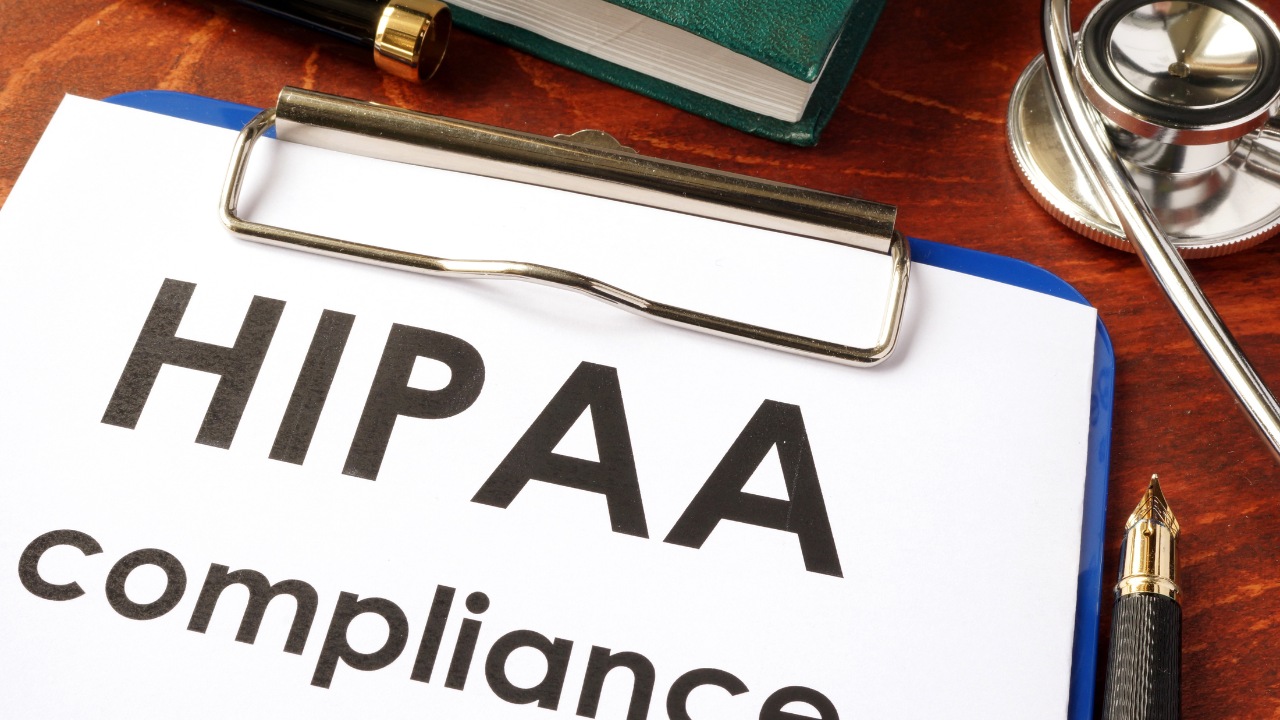By: Thompkins White
The landscape of healthcare billing and compliance has entered a new era with the Department of Government Efficiency (DOGE), led by Elon Musk, gaining “read-only” access to Medicare claims data. While the primary aim is to clamp down on fraud, waste, and abuse within the Medicare program, this initiative can inadvertently place even the most diligent and innocent medical providers at risk of being ensnared by enforcement actions.
The Mechanism of DOGE’s Analysis:
DOGE’s strategy involves a deep dive into CMS’s payment systems to identify patterns or anomalies that might suggest fraudulent activities. Using advanced data analytics, they look for signs like:
- Unusual Billing Patterns: Providers might bill for services in patterns that, while legitimate, could be flagged as suspicious if they don’t match the expected norms. It is possible that the AI tools used to spot anomalous claims were not trained to consider all of the factors that go into the billing patterns for particular providers, specialties, special patient populations or geographic/local norms.
- High Volume of Certain Procedures: Even if procedures are medically necessary, an above-average frequency might trigger an investigation.
- Upcoding: Mistakes in medical coding, which are common in complex billing systems, can be interpreted as attempts to upcode or inflate charges.
- Trending Codes: new codes released by CMS at the commencement of the year are tracked based on heavy utilization and value. For example, such as the skin grafts and genetic testing services.
How Innocent Providers Get Caught up:
- False Positives in Data Analysis:
- The sophisticated algorithms used by DOGE to detect fraud can sometimes flag legitimate claims as suspicious. Medical providers who treat high-risk or unusual cases might find their billing practices drawing unnecessary scrutiny.
- Overzealous Audits:
- Once flagged, providers might face audits or reviews where even minor discrepancies can be magnified. The pressure to reduce false negatives (missing actual fraud) can lead to a more aggressive approach towards any anomaly.
- Misinterpretation of Data Context:
- Without full clinical context, data can be misread. For instance, a provider focusing on a rare condition might have billing patterns that, out of context, look like fraud.
- Collateral Damage from Broad Investigations:
- Sometimes, investigations into one provider can spill over to others in the same network or geographic area, ensnaring innocent parties in the process.
- Failure to Provide Through Documentation:
- Providers often miss the vital documentation and corroboration of medical records to substantiate medical necessity of a service. This becomes an issue once an investigation is on-going and you can no longer fix those issues in good faith retroactively.
Real-Life Implications:
- Reputation and Financial Strain: Being under investigation can harm a provider’s reputation, even if they’re eventually cleared. The legal and administrative costs of defending oneself can be substantial.
- Practice Disruption: The time and resources spent on compliance and defense can detract from patient care.
- Psychological Toll: The stress of facing potential sanctions can affect healthcare workers’ mental health and job satisfaction.
- Frozen Payments: Often the government will freeze distribution of rightful or pending claims while an investigation is undergoing.
Protective Measures for Providers:
- Maintain Impeccable Records: Ensure all documentation is thorough, accurate, and compliant with CMS guidelines from the outset.
- Educate Staff on Compliance: Regular training on the latest billing practices and CMS regulations can minimize errors.
- Use of Compliance Software: Invest in software that can flag potential coding or billing issues before claims are submitted.
- Responsive Legal and Compliance Teams: Have access to or employ professionals who specialize in healthcare law and billing compliance to navigate through or pre-empt issues.
- Engage with CMS: If flagged, providers should, after consulting their attorneys, engage proactively with CMS, providing clear clinical justification for their practices.
- Billing and Coding: Employing and contracting with skilled billers and coders with deep regulatory compliance mindsets can prevent these types of audits.
While DOGE’s initiative is commendable for its aim to safeguard taxpayer money from fraud, the reality is that the system’s margin for error can lead to innocent providers facing unwarranted scrutiny. The key for medical professionals is vigilance in compliance, readiness to defend their practices, and an understanding of how their data might be interpreted by automated systems. By doing so, they can mitigate risks and continue to provide quality healthcare without the shadow of unjust enforcement actions looming over them.










